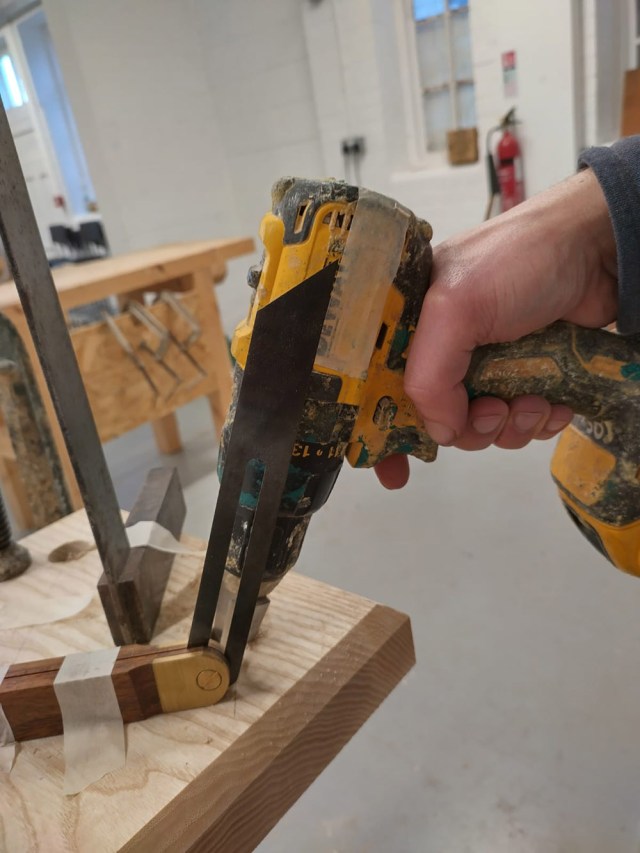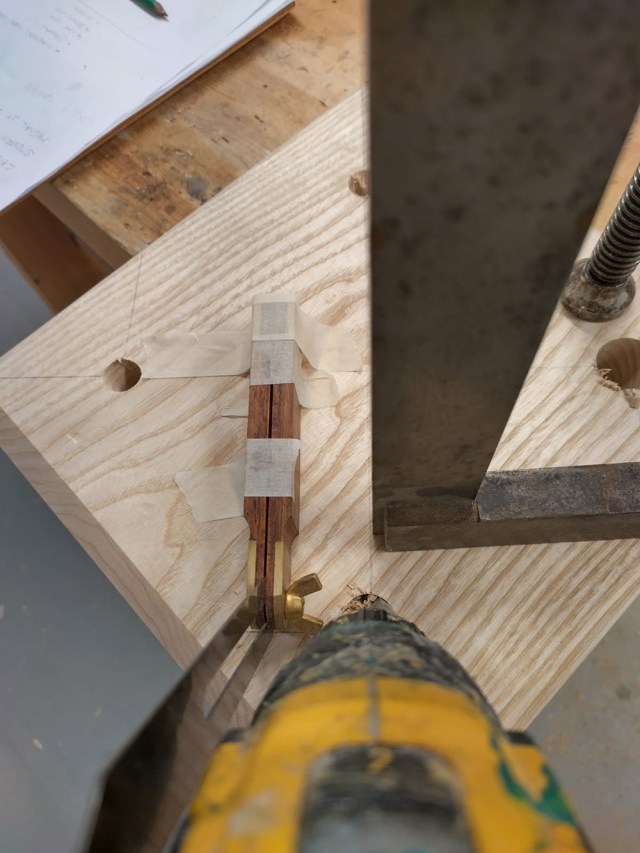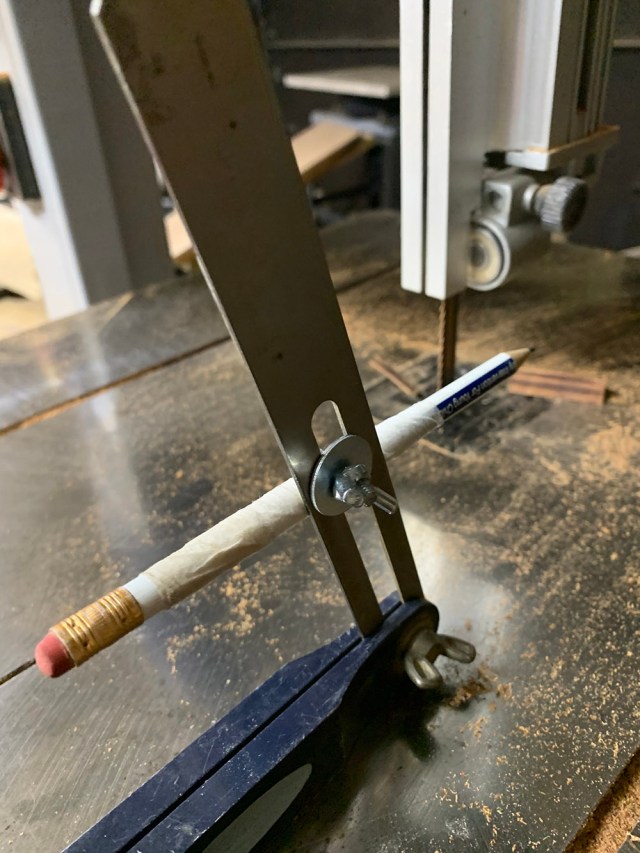
Editor’s note: Our Mind Upon Mind series is a nod to a 1937 Chips from the Chisel column (also featured in “Honest Labour: The Charles H. Hayward Years”), in which Hayward wrote, “The influence of mind upon mind is extraordinary.” The idea being there’s often room for improvement. (You can read the entire Chips from the Chisel column here.)
To that end, we’ve asked you what else you have thought of, tried out and improved upon after building projects from our books. We’ve loved reading all your submissions!
Today’s pick is from Matt Williamson.
I have been messing around with “The Anarchist’s Design Book” and have made a few adjustments that you might find interesting. These are probably not improvements so much as solving problems caused by my desire to use what I have in lieu of greenwood I have yet to source.

For the staked stool, the seat is from a 13-1/2”-wide 9/4 pine joist I pulled from dumpster when a historical building in the neighborhood got rehabbed. For the staked chair, the hardwood I had included some 4/4 red oak and some 6/4 red oak that, again, I dumpster dove for in the neighborhood. These 6/4 scraps were not big enough to make a seat, but I thought they would add strength to the 4/4 seat panel and give the legs something to hold onto. It is a bit heavy.

I did not have any greenwood that could be bent for the staked stool back so I used a piece of apple wood from a tree I cut in the fall that basically followed the 12″ curve. I kind of liked it and found another piece to use when I made the staked chair a little while later.
Did you change up one of our projects or do you have a clever idea for an improvement? Email kara@lostartpress.com. You can read more about the submission process here.
— Kara Gebhart Uhl










